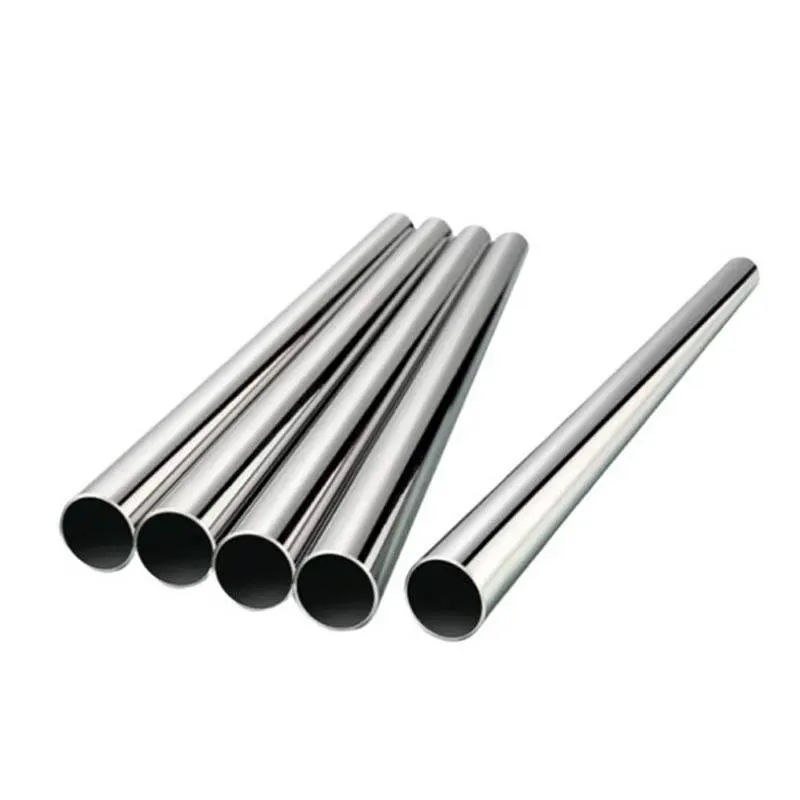How to Choose the Right 347 Stainless Steel Welded Pipe for Your Needs
2024-12-07
When working on industrial projects that demand high-strength and corrosion-resistant materials, the choice of piping is critical. The 347 stainless steel welded pipe is a popular option, but how do you ensure it’s the right fit for your specific needs? This guide will help you make informed decisions about selecting and using this exceptional material.
1. Understand Your Application Requirements
Before choosing a 347 stainless steel welded pipe, identify the specific demands of your project:
- Operating Temperatures: Will the pipe be exposed to high heat?
- Corrosive Environments: Is the application subject to chemicals, moisture, or saltwater?
- Pressure Levels: Does the pipe need to withstand high-pressure conditions?
The answers to these questions will determine whether 347 stainless steel is suitable for your project.
2. Evaluate Material Properties
347 stainless steel welded pipes are ideal for applications requiring:
- Intergranular Corrosion Resistance: Stabilized with columbium, these pipes prevent carbide precipitation during welding or high-temperature exposure.
- Thermal Stability: The alloy performs well in high-temperature environments, often up to 800°C (1472°F).
- Stress Resistance: Handles mechanical stress without cracking, even in demanding applications.
3. Choose the Right Pipe Dimensions
Selecting the appropriate size, thickness, and diameter is crucial for ensuring compatibility with your system:
- Outer Diameter (OD): Matches the required flow capacity.
- Wall Thickness: Determines the pipe’s strength and pressure-handling ability.
- Length: Customizable to suit project-specific needs.
Work with a reliable supplier who offers pipes in standardized and custom dimensions.
4. Consider Fabrication and Installation
347 stainless steel is highly weldable, but ensuring proper fabrication methods is essential:
- Welding: Use techniques like TIG or MIG welding to maintain material integrity.
- Forming: The material’s flexibility allows for bending or shaping as needed.
- Finishing: Ensure proper surface treatment to enhance corrosion resistance and aesthetic appeal.
5. Verify Certifications and Quality Standards
Always choose pipes from reputable manufacturers that meet industry standards:
- ASTM Standards: Pipes should comply with ASTM A312/A358 for welded stainless steel.
- ISO Certifications: Ensure the supplier follows global quality management systems.
- Testing and Inspection: Look for pipes that have undergone rigorous testing for strength, durability, and corrosion resistance.
6. Factor in Long-Term Benefits
While 347 stainless steel welded pipes may come with a higher upfront cost, their durability and low maintenance requirements make them a cost-effective choice in the long run. Consider these benefits:
- Extended Lifespan: Resistant to wear and corrosion, reducing the need for frequent replacements.
- Reduced Downtime: Reliable performance ensures minimal disruptions in operations.
- Sustainability: Recyclable material contributes to environmentally friendly practices.
Choosing the right 347 stainless steel welded pipe involves careful consideration of your project’s unique requirements, from operating conditions to material specifications. By understanding its properties and ensuring compliance with quality standards, you can make a confident decision that enhances the performance and longevity of your system.
With its exceptional durability, thermal stability, and corrosion resistance, the 347 stainless steel welded pipe is a trusted solution for industries demanding high-performance materials.



